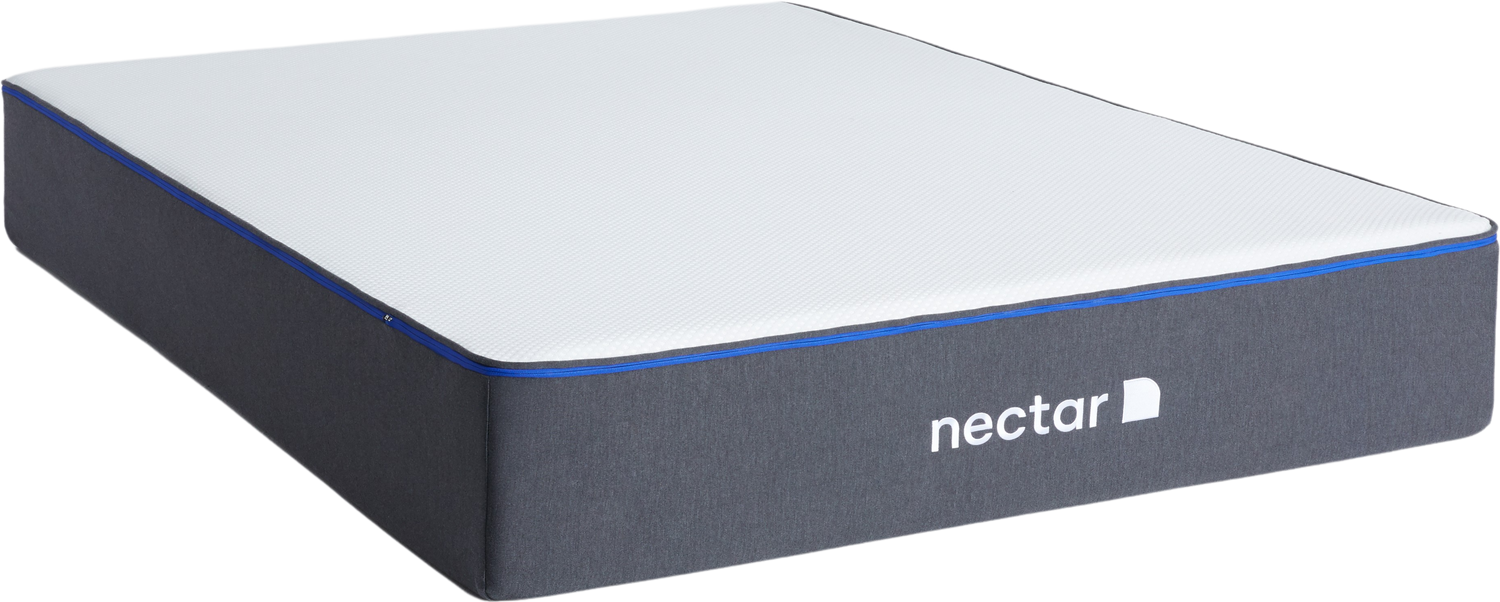
First Things First: Do You Actually Need a New Mattress?
If you’re waking up feeling like you’ve done ten rounds with a steamroller — or you’ve started migrating to the sofa halfway through the night — that’s a yes.
Other signs? You can feel the springs. The middle dips like a hammock. Or maybe your partner’s every toss and turn feels like a small earthquake.
Basically, if your mattress is more than 7–10 years old or it’s making your sleep worse, not better — it’s time to upgrade.
Online vs In-Store: What’s the Best Way to Buy a Mattress?
There’s a bit of a debate here, so let’s break it down.
Shopping online:
-
Easy peasy. Click, add to cart, done.
-
Endless options. You’re not limited to whatever’s in the showroom.
-
Often cheaper. Online brands save on shop rent and pass the savings to you.
-
Sleep trials. Most online mattress companies offer generous home trials — some up to a whole year (like us :D). If you don’t love it, they’ll pick it up for free.
Sounds good, right?
But maybe you’re someone who needs to give it the ol’ bounce test first. That’s where brick-and-mortar shops come in handy.
Shopping in-store:
-
You can lie on loads of different beds and get a feel (just ignore the awkward eye contact with other shoppers doing the same).
-
You might get advice from a salesperson — although let’s be honest, some are more helpful than others.
-
You can often take the mattress home that day, which is great if yours gave up the ghost unexpectedly.
Top tip: Some brands let you try their mattresses in physical stores and order online later — so you get the best of both worlds.

Mattress Buzzwords: Decode the Jargon
You’ve probably seen phrases like “cloud-like comfort,” “revolutionary support,” or “scientifically designed for perfect sleep.” Sounds dreamy, right? But also… completely meaningless.
Here’s what to focus on instead:
-
What materials are used?
-
How firm is it, really?
-
What do real people say in reviews?
-
How long is the sleep trial?
-
What’s the return policy if you hate it?
Ignore the fluff — focus on facts.
The Big Stuff You Actually Need to Consider
1. Your body and sleep style
Are you a side sleeper who needs soft support for your hips and shoulders? Or a front sleeper who prefers a firmer feel? Maybe you and your partner are opposites, and you need something in the middle. Your mattress should match how you sleep, not the other way around.
2. Do you sleep hot?
If you wake up sweaty even in winter, a mattress with cooling tech is worth its weight in gold. Memory foam can trap heat, so look for versions with breathable covers or cooling gel layers.
3. Are you dealing with pain, injury or pregnancy?
A bad back needs a mattress with excellent support. Pregnant? You might want something that offers gentle contouring but doesn’t leave you stuck in one spot. Adjustable bases can be a game changer, too.
4. Your bed frame
Not every mattress works with every base. Got a slatted frame? Make sure your mattress is compatible (slats should usually be no more than 7cm apart). Using an adjustable base? Look for a flexible mattress like memory foam or latex.
Types of Mattresses: What’s What
Let’s run through the main contenders:
💭 Memory Foam
Super popular. Great for pressure relief. Hugs your body (which some people love and others hate). Can sleep hot, but many have cooling layers now.
🔩 Innerspring
Old-school springs. Good bounce. Often cooler than foam. But they can sag faster or get noisy over time.
🌿 Latex
Natural, breathable, durable. It’s a bit pricier, but it’s bouncy and brilliant for people who want support without the sink.
🔀 Hybrid
The best of both worlds — usually springs on the bottom and foam or latex on top. Great if you want comfort + support.
What About Sleep Position?
Sleep position matters more than you’d think when mattress shopping.
Side sleepers:
Go for something softer with pressure relief. Memory foam and hybrids are fab here.
Back sleepers:
You’ve got more flexibility. Just make sure your spine is supported — you don’t want to sink too far in.
Front sleepers:
Look for something firmer. Too much sink can lead to neck and back strain. Latex and pocket spring mattresses are usually safe bets.
Don’t Forget the Fine Print
✅ Return policies
Always, always check the small print. A good return policy = peace of mind. Some brands offer free returns, others charge restocking fees, and some don’t accept returns at all if the mattress is used. (Rude.)
💬 Customer service
If you’ve got questions, you want a team that’ll actually help — not just push a sale. Look for brands with strong customer support and honest, helpful answers.
🔍 Read the reviews!
Not the glossy testimonials on their own site — the real ones. Trustpilot, Reddit, forums, Facebook groups. If people consistently say “this mattress gave me life” or “my back pain vanished,” that’s a good sign.
TL;DR? Here’s Your Mattress-Buying Checklist:
-
✅ Know your sleep style.
-
✅ Decide on foam, springs, latex, or hybrid.
-
✅ Check cooling features if you sleep hot.
-
✅ Make sure it works with your bed frame.
-
✅ Read real customer reviews.
-
✅ Look for generous trials and clear return policies.
-
✅ Don’t fall for marketing fluff.

Final Thoughts: You Deserve a Great Night’s Sleep
A good mattress won’t change your life overnight (unless you’ve been sleeping on something truly awful), but it can mean the difference between waking up refreshed vs waking up grumpy and groaning.
So take your time, do your research, and listen to your body. Trust yourself — you know more than you think.
And when in doubt? Pick the one with the 365-night trial and free returns. You literally have nothing to lose — except your tired old mattress.





